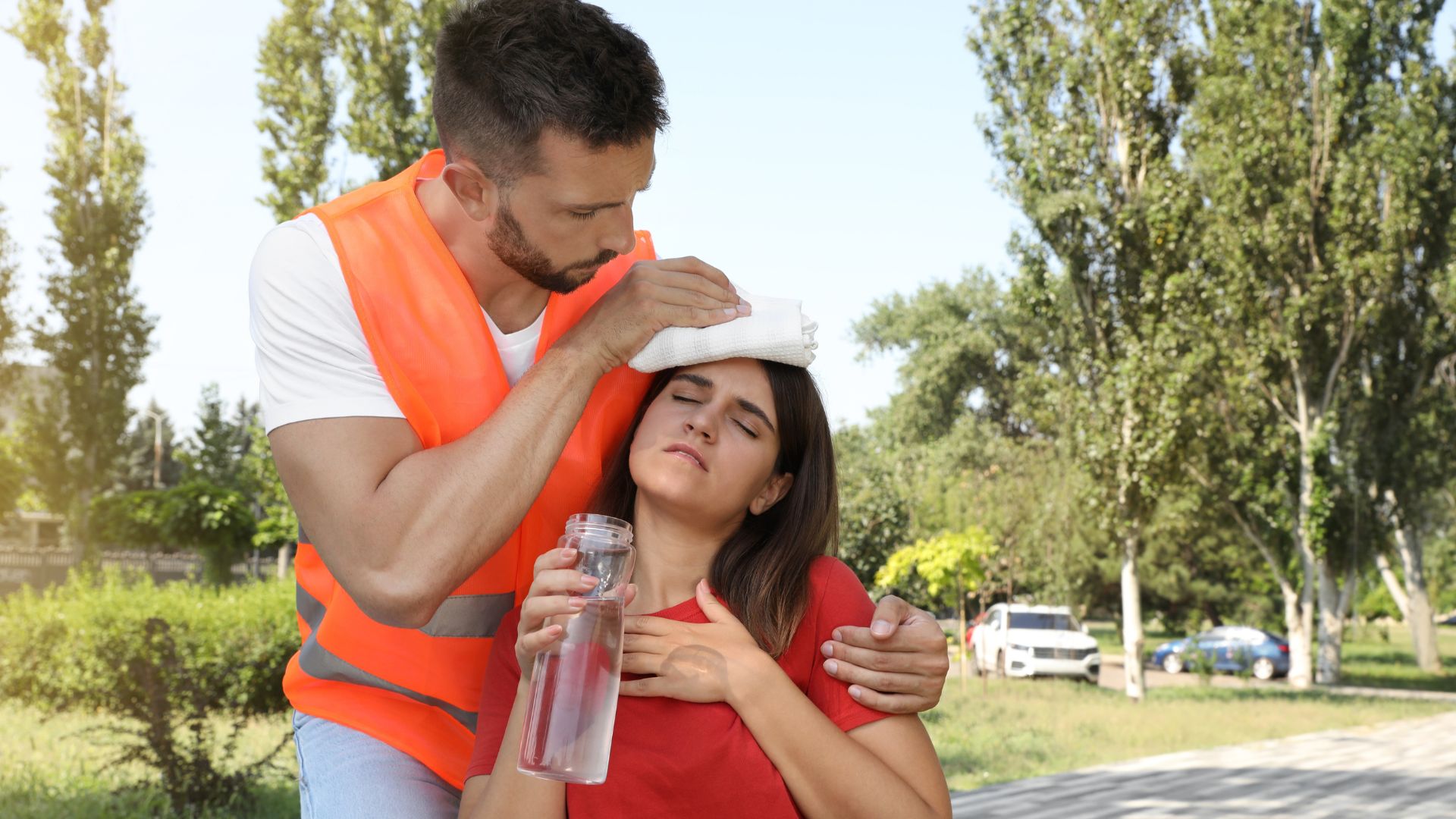Heat waves, which are increasing in frequency and severity due to climate change, pose a growing challenge to public health, especially for vulnerable populations (such as the elderly, children, and people with reduced mobility). These groups are particularly at risk in urban areas, where heat islands are exacerbated by mineralized surfaces such as roads, parking lots and buildings. All of this contributes to significantly higher temperatures, making urban environments challenging to live in during periods of intense heat.
The growing reliance on air conditioning to stay cool is driving up energy demand and greenhouse gas (GHG) emissions, intensifying environmental and energy challenges for cities and electricity providers.
Existing infrastructure, such as schools, hospitals, and nursing homes, are often ill-equipped to deal with heat waves. Public buildings, in particular, often lack solutions to keep vulnerable populations safe and comfortable during these extreme weather events, leading to additional costs and increased health risks.
According to the Canadian Climate Institute, oppressive heat could lead to a $6.6 billion loss in productivity by the end of the century, even under a moderate emissions scenario. Furthermore, a study by Institut national de la recherche scientifique (INRS) published in 2024 found that close to 370 deaths each summer are linked to high temperatures in Quebec, highlighting the major impact of heat waves on the healthcare system.

Municipalities can use a variety of solutions to mitigate the effects of heat waves and improve urban resilience.
Research projects are needed to test and evaluate the effectiveness of these solutions in different urban contexts.
- Urban greening
- Projects involving green roofs, green walls and tree planting help to reduce temperatures in urban areas and combat heat islands.
- Reflective materials
- The use of reflective materials for building roofs and facades reduces heat absorption and improves thermal comfort, while reducing energy consumption by air-conditioning.
- Passive cooling
- Improving natural ventilation, using insulating materials and optimizing architecture can help keep indoor temperatures cooler and reduce our reliance on air conditioning.
- Public awareness
- Informing and raising public awareness about good thermal management practices and the risks associated with heat waves is essential to encourage individuals and communities to take action to reduce impacts and improve urban resilience.
Don’t just coexist with climate change.


